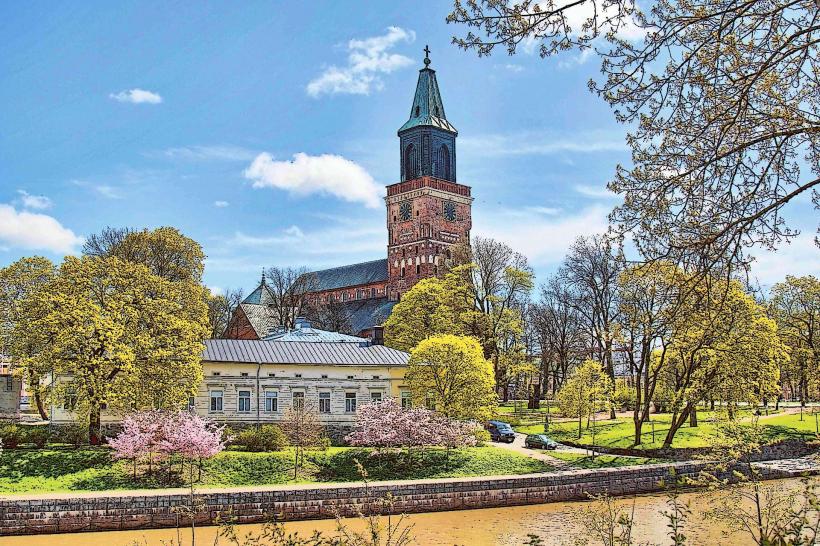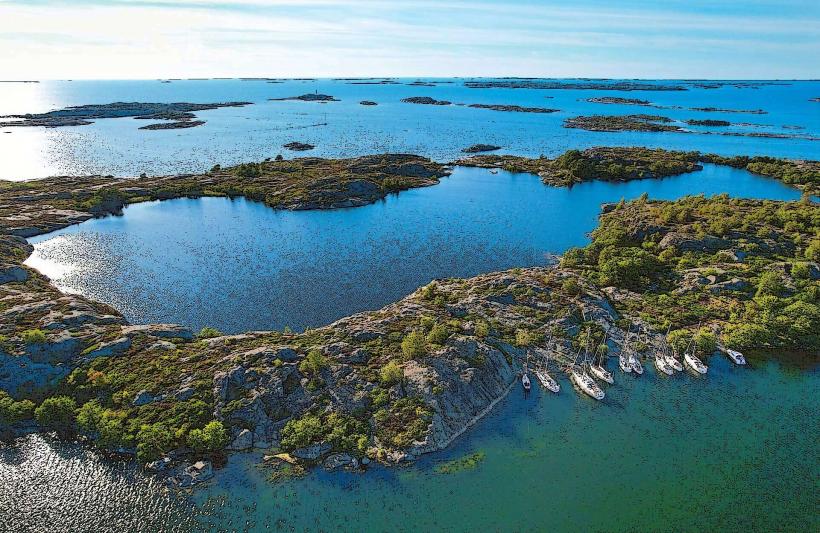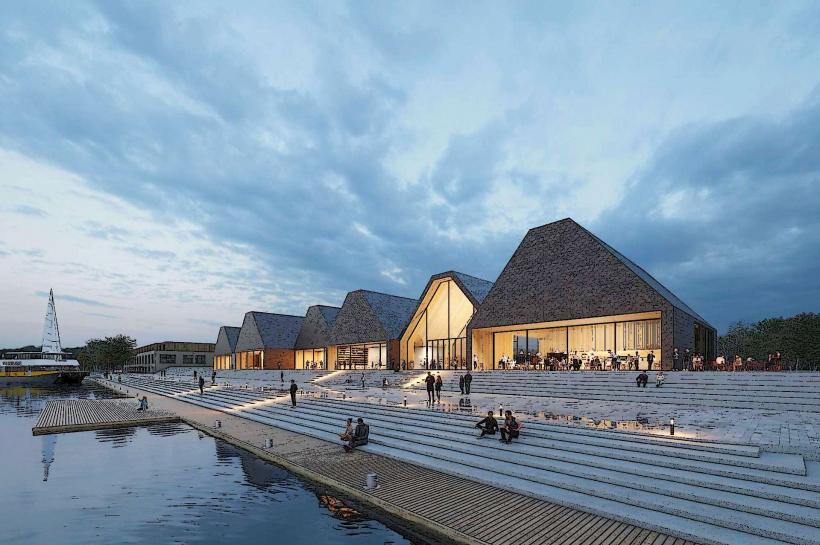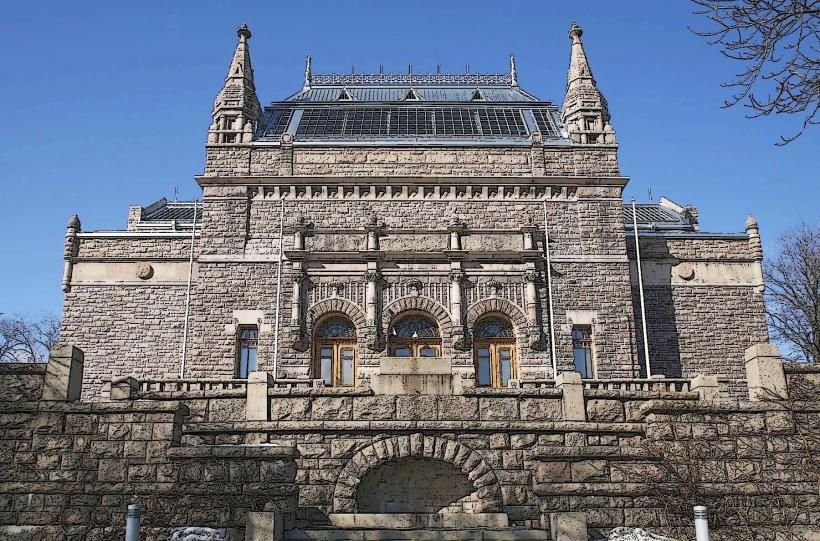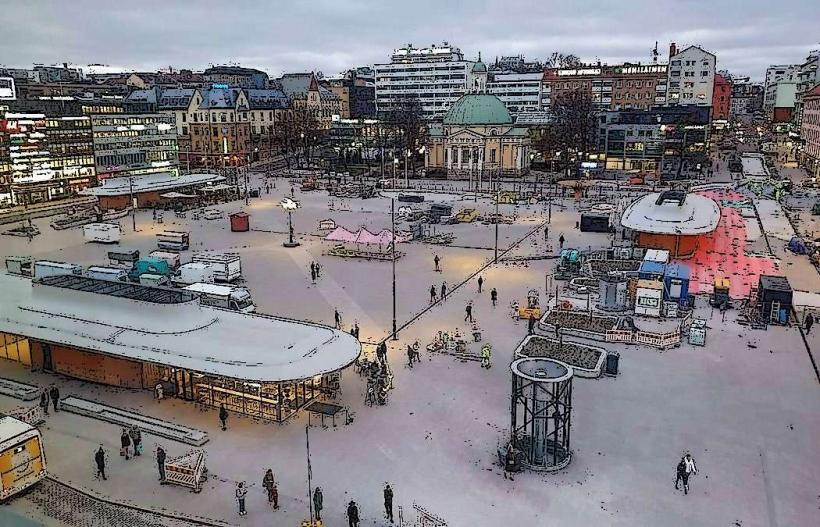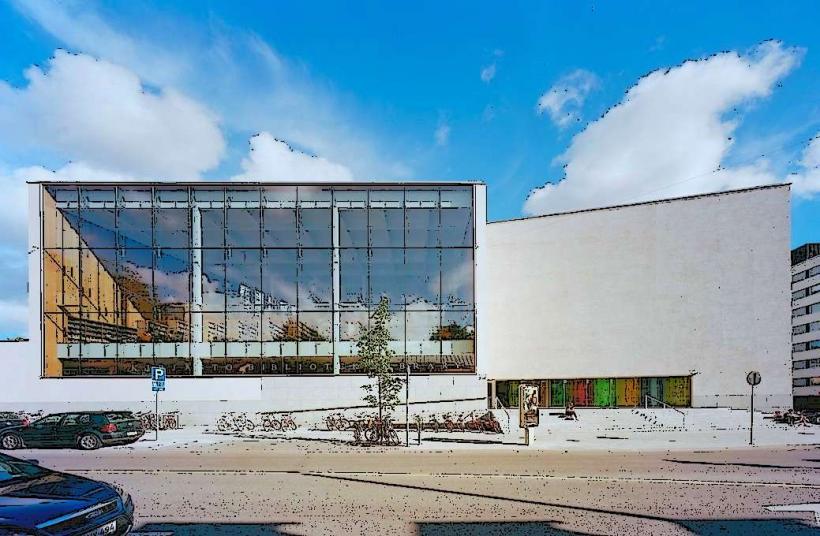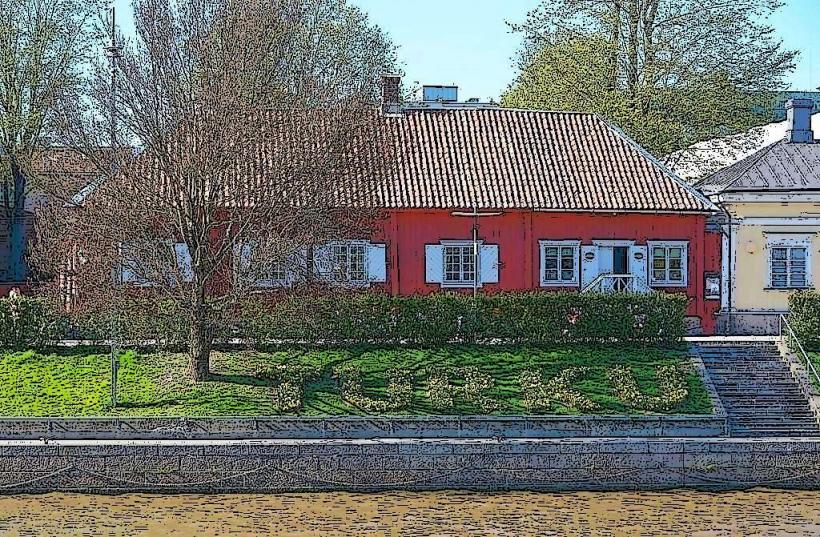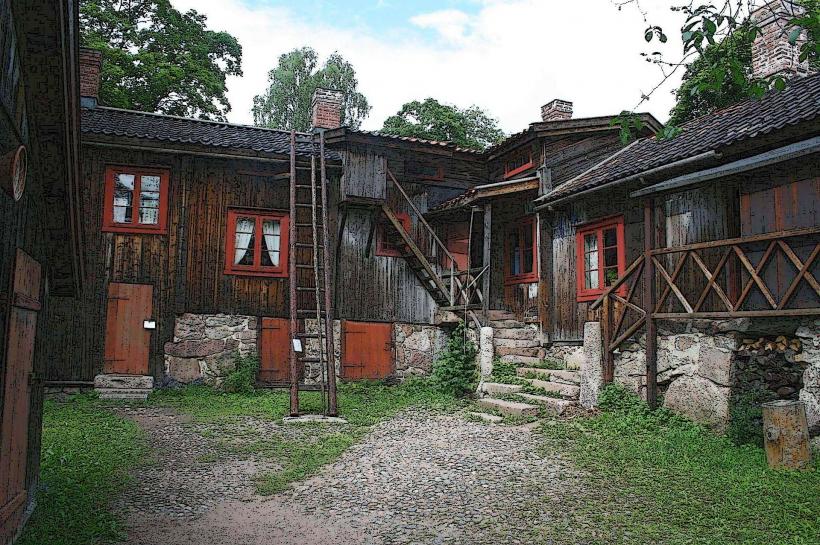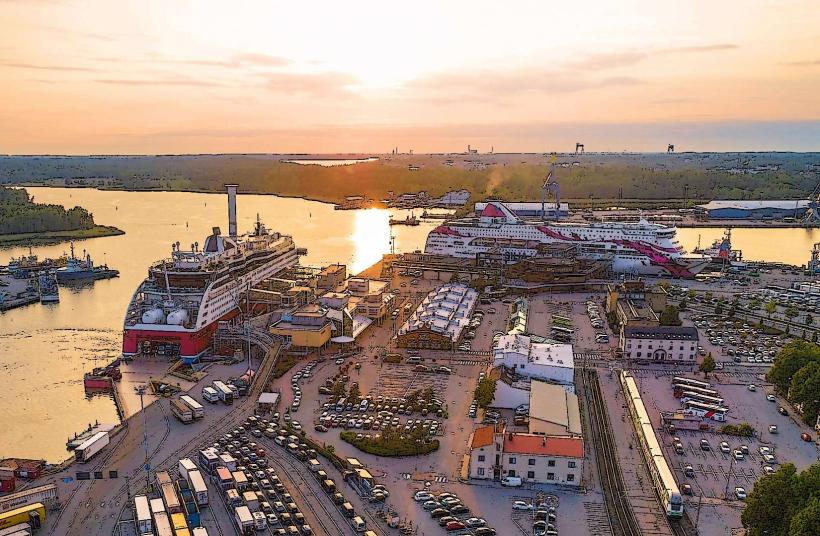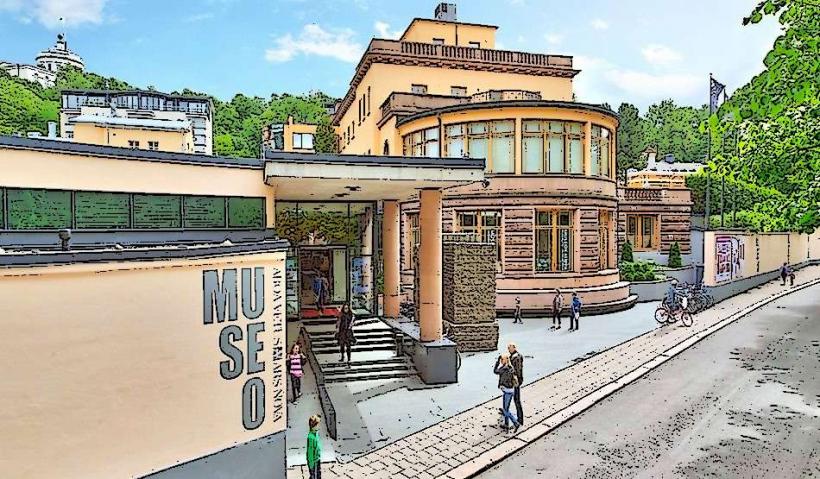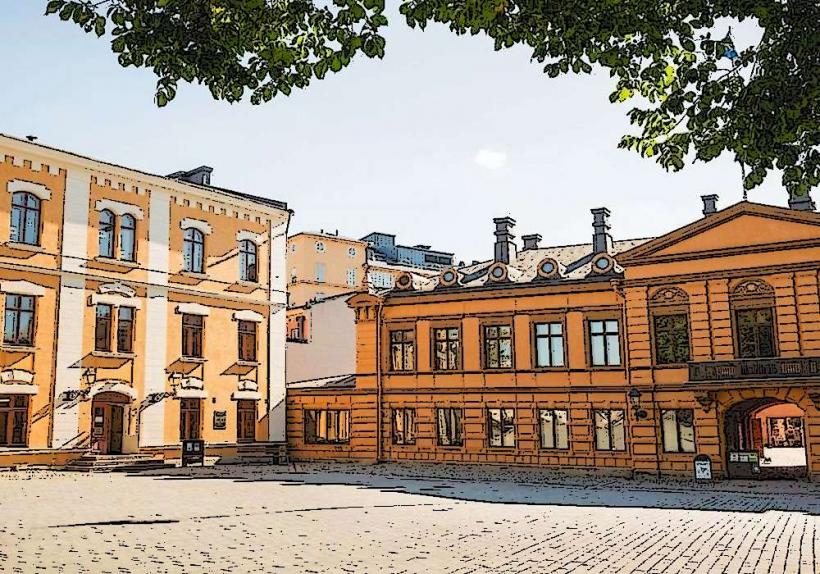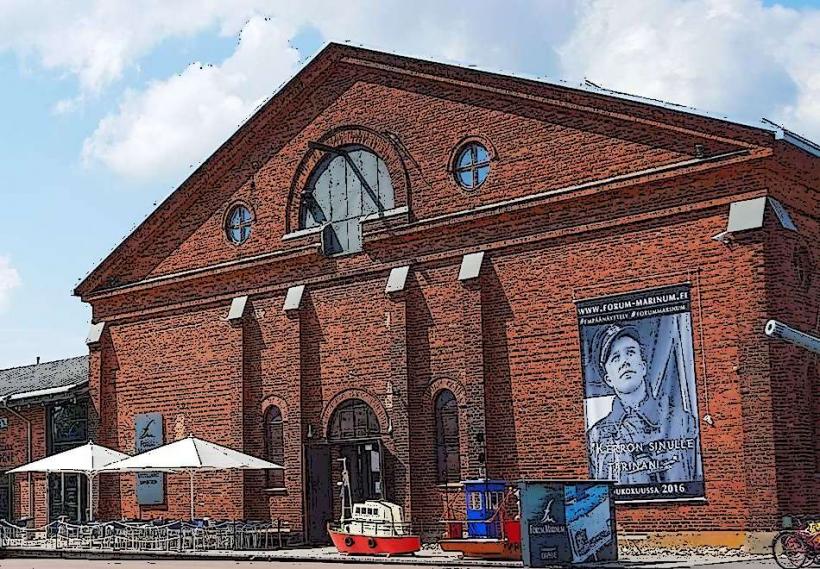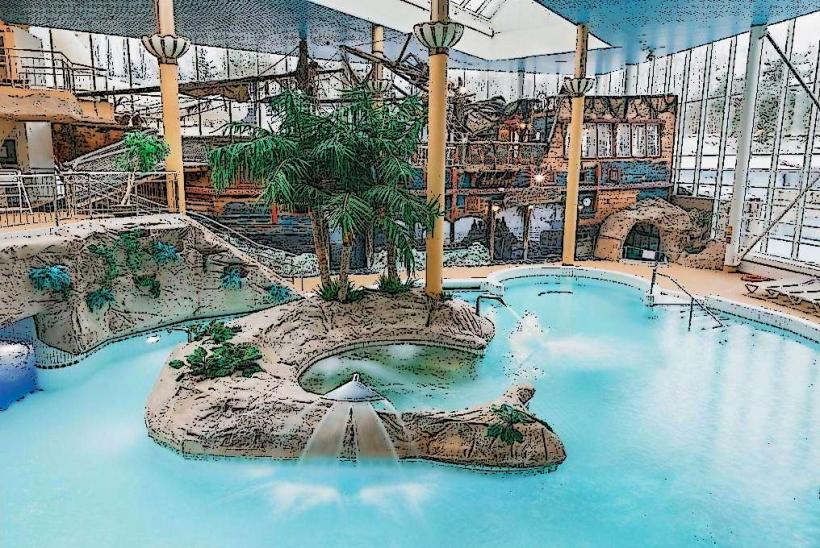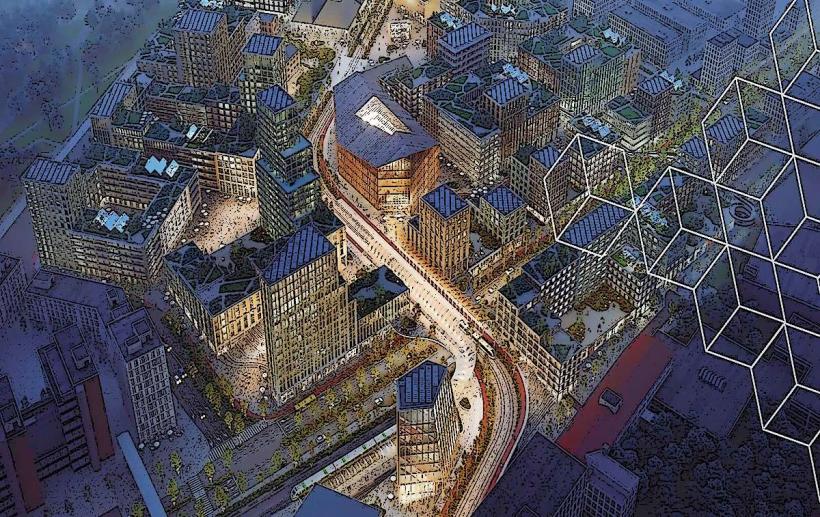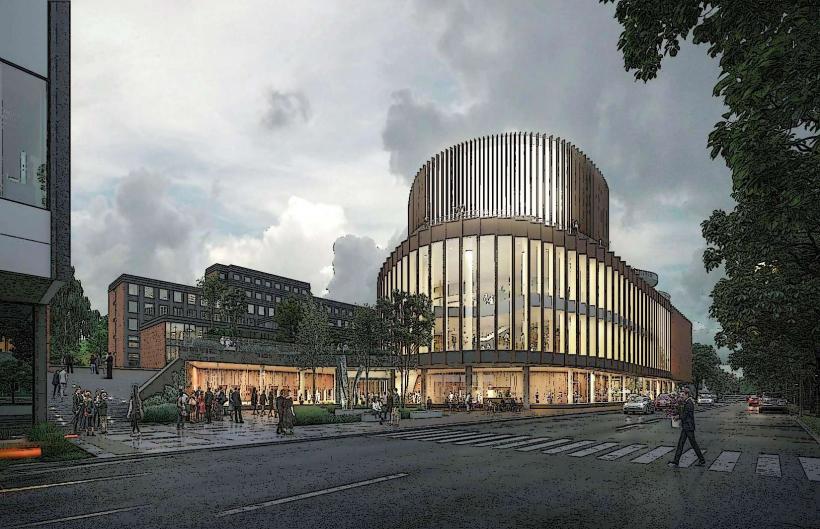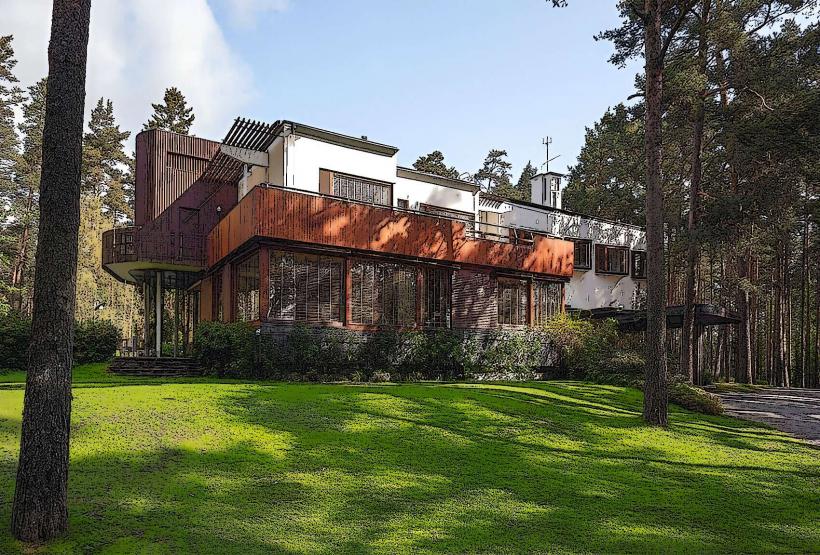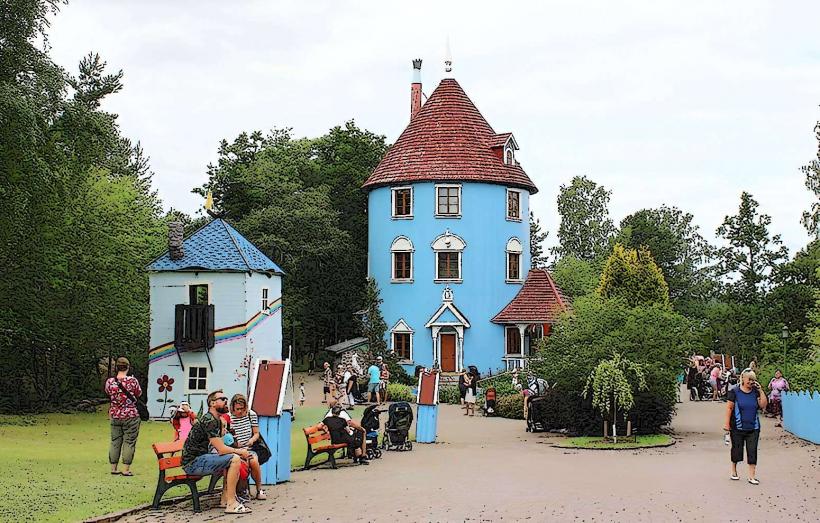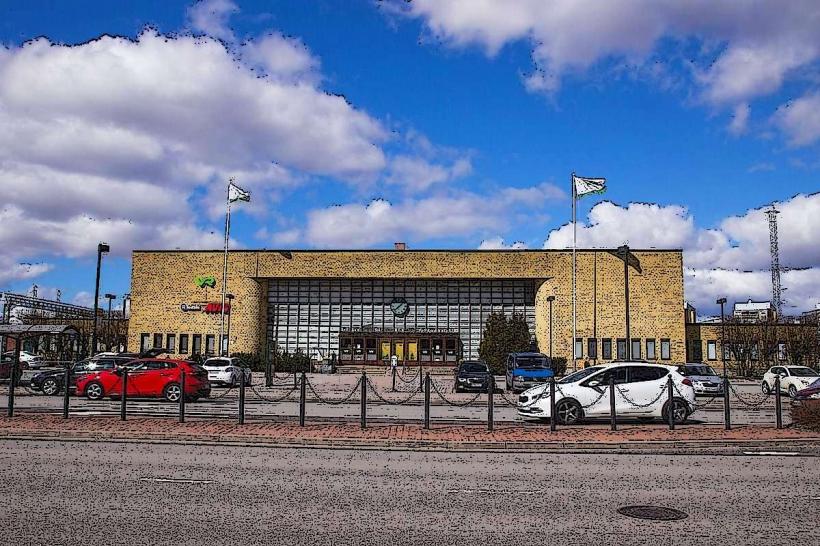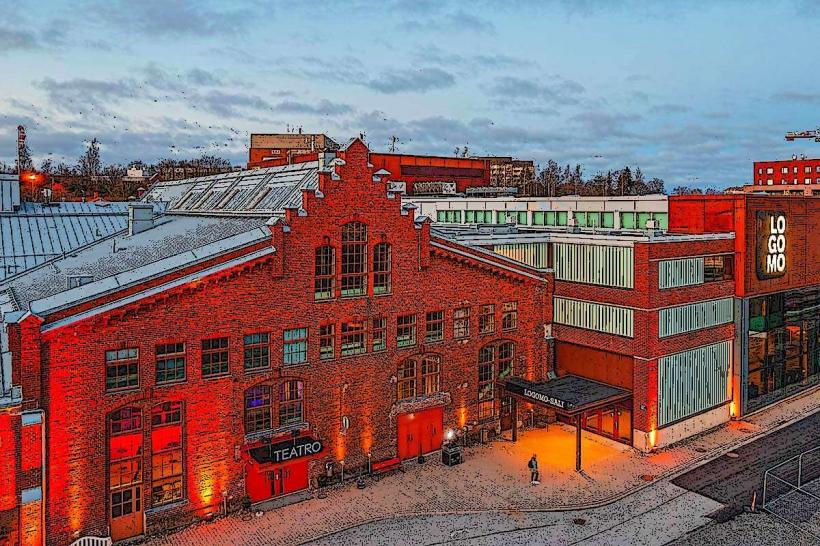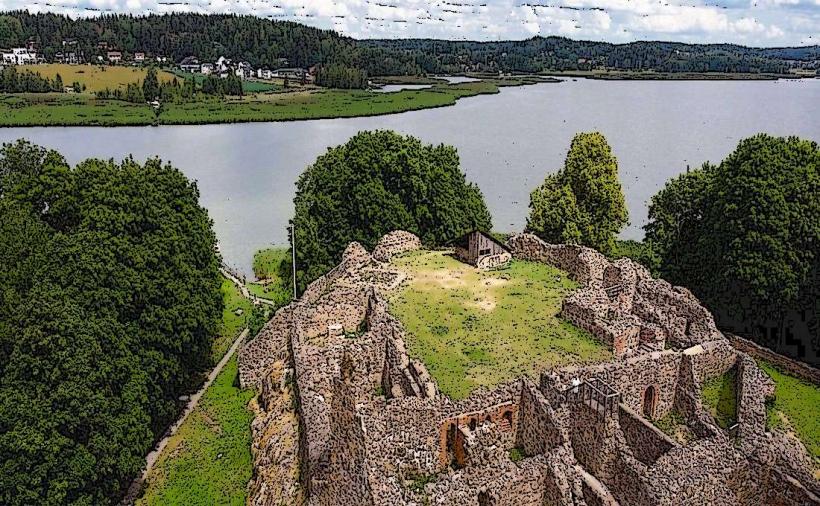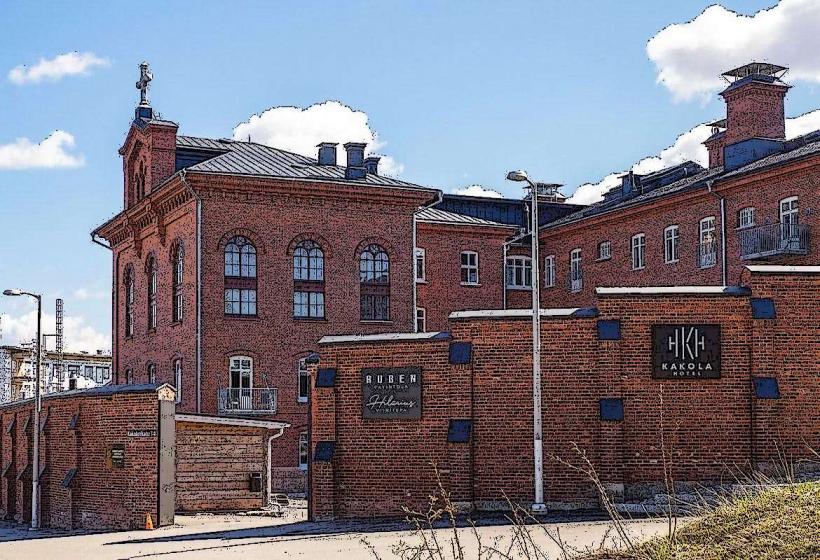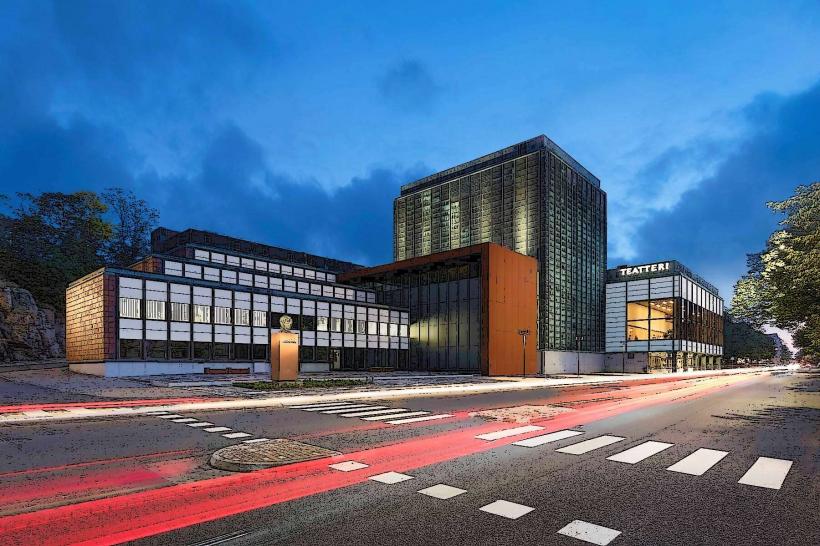Information
Landmark: Turku CastleCity: Turku
Country: Finland
Continent: Europe
Turku Castle (Turun linna) is one of Finland's most historically significant landmarks, located in the city of Turku on the southwestern coast. It has a rich history dating back to the late 13th century and has served various purposes throughout its existence.
History and Construction
Early Origins: The construction of Turku Castle began around 1280, likely commissioned by Swedish King Magnus Ladulås as part of Sweden's expansion into Finland. Its initial purpose was to serve as a fortified administrative center and a defense post against invasions.
Medieval and Renaissance Periods: Over the centuries, the castle expanded and evolved. In the 14th century, it became an important seat for the regional government of Finland, specifically for the Duchy of Finland. By the 16th century, during the reign of King Gustav I of Sweden, the castle was modernized with Renaissance-style elements and became a royal residence and an important military stronghold.
Decline and Restoration: The castle fell into disrepair after the 17th century, especially as its military and administrative importance diminished. However, during the 19th century, Turku Castle became a subject of interest for restoration. Finnish National Romanticism in the late 19th century led to efforts to preserve and restore the castle, culminating in its current status as a museum.
Architecture and Features
Turku Castle's architecture is a blend of medieval and Renaissance styles, reflecting the various periods in which it was constructed and renovated. Key features include:
Exterior and Towers: The castle has a distinctive, imposing exterior with several towers and a large central courtyard. The main tower, called the "Great Tower" (Suuri torni), rises above the castle complex, offering panoramic views of the surrounding area.
Interior Spaces: Inside the castle, there are several important rooms, including:
- The Knight's Hall (Ritarisali): A grand room used for banquets, feasts, and ceremonial events.
- The Chapel: A small but significant chapel that dates back to the medieval period. It was used for religious services for the castle's residents and is still preserved today.
- The Great Hall: A larger space that functioned as a social and political center during the Renaissance, where the nobility gathered.
- The Castle’s Dungeons: The lower levels of the castle housed dungeons, which were used for imprisonment and as storage spaces.
Museum Exhibits: Today, Turku Castle is a museum that showcases Finnish history. It holds exhibitions covering a wide range of subjects:
- Medieval and Early Modern Finland: Exhibits on the medieval period, the Swedish rule over Finland, and the development of the castle during the Renaissance.
- The Castle’s History: Detailed exhibits that follow the castle’s history, from its military significance to its transformation into a museum.
- Cultural and Artifacts Displays: The museum contains collections of Finnish art, historical artifacts, and weapons.
Role in Finnish History
Turku Castle played a pivotal role in Finnish history, particularly during the Middle Ages and the early modern period. It was:
- A military fortress during the Swedish and Russian periods.
- A center of regional governance and a residence for the Dukes of Finland.
- A hub for trade and diplomacy, especially in the Baltic region.
The castle's location at the mouth of the Aura River made it an essential part of the defense system against potential naval invasions and played a role in controlling access to the city of Turku.
Turku Castle Today
Today, Turku Castle is a major tourist attraction and one of Finland's most visited historical sites. It has undergone several renovations to preserve its medieval and Renaissance features, and visitors can explore its various rooms, exhibits, and even enjoy guided tours. It also hosts cultural events, including concerts and medieval festivals.
The castle is integral to understanding the history of Turku and Finland as a whole, offering a glimpse into the country's medieval past, its long-standing ties with Sweden, and its role in the greater Baltic region.
If you’re planning to visit, be sure to explore its beautiful surroundings, including the Aura River and the nearby old town of Turku, which complement the historical significance of the castle itself.

